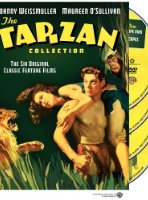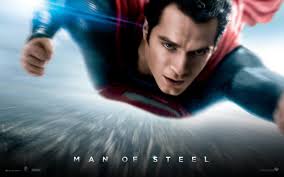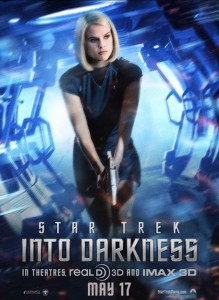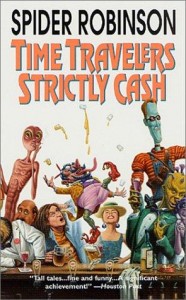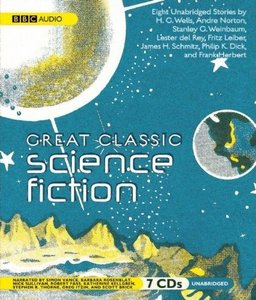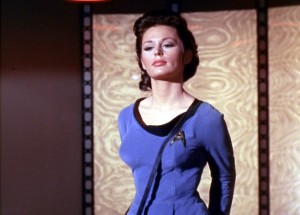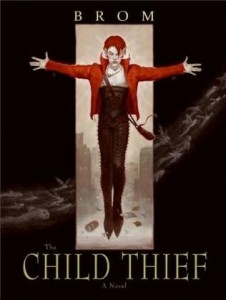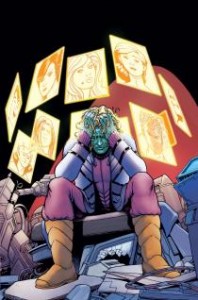 And so it ends… With issue #23 of The Legion of Super-Heroes, the ninth American series from DC Comics to bear that title, the Legion is no more. Does anyone care? Seriously, call out if you do, but I’m really wondering. Well, it’s clear that Paul Levitz cares. He’s been writing the title for the past few years, and wrote it from 1977 – 1989.
And so it ends… With issue #23 of The Legion of Super-Heroes, the ninth American series from DC Comics to bear that title, the Legion is no more. Does anyone care? Seriously, call out if you do, but I’m really wondering. Well, it’s clear that Paul Levitz cares. He’s been writing the title for the past few years, and wrote it from 1977 – 1989.
Come to think of it, it’s a toss-up as to whether or not I care. I waited several days to read the damned thing, and I believe I let the penultimate issues pile up into a stack of about six before I read them, all in one sitting. (I skimmed.) Was a time I would have read the new issue the day it came out, probably in the car on the way home. (I should point out I refer to a time when I did not drive. My mother drove, whilst I perched in the shotgun seat with a lime Slurpee. I learned early not to drink and drive, and certainly not to read comics and drive.) Nor did I skim in those days. Indeed, I told everyone around me to shut up, because I was reading. Or I hid in my room where the TV somehow never distracted me, because the comics were so good. Continue reading

